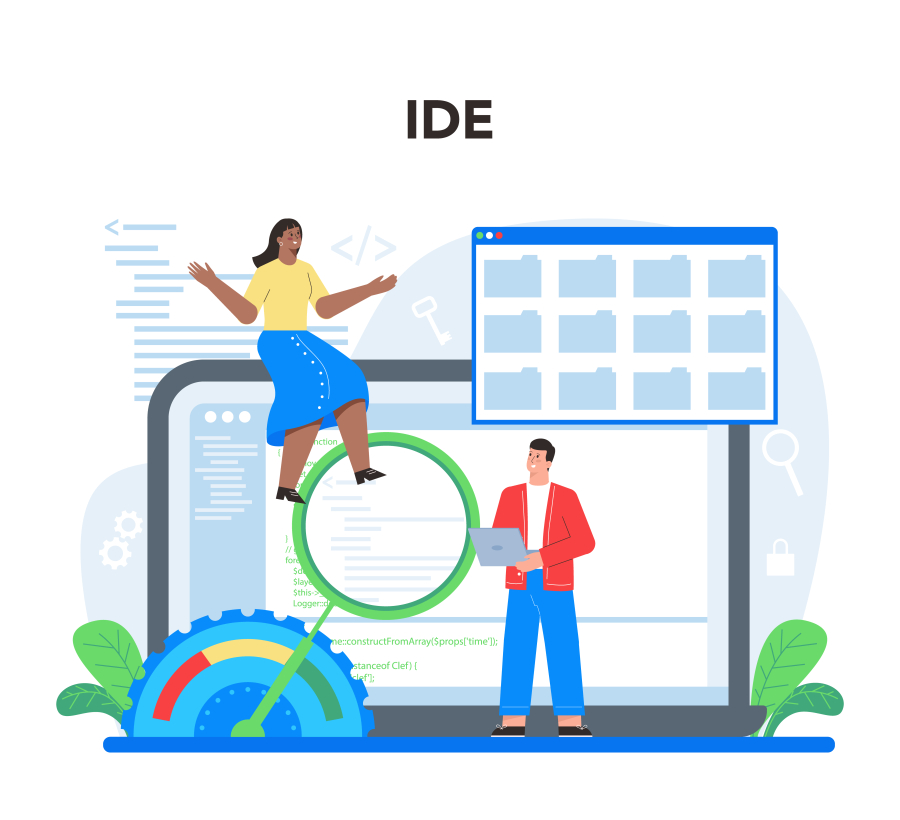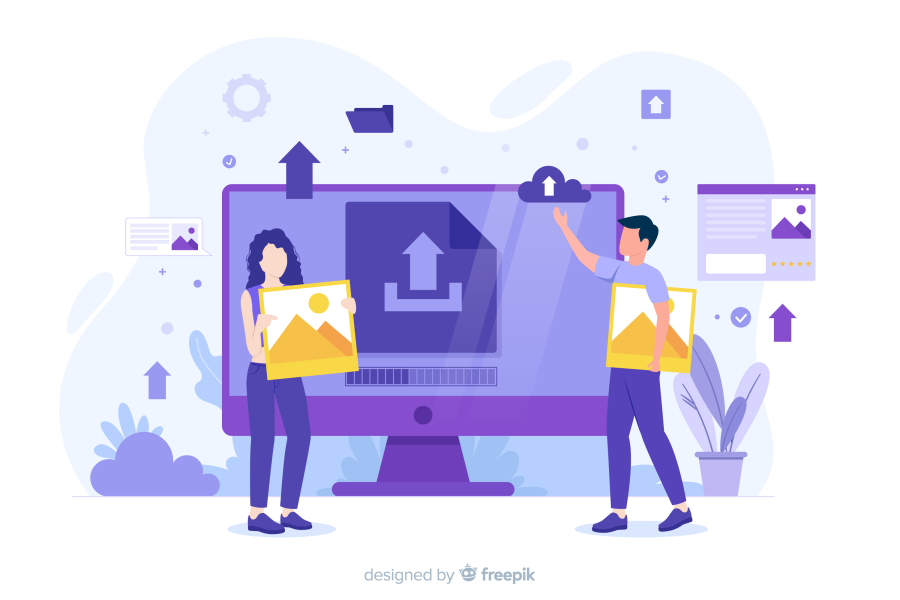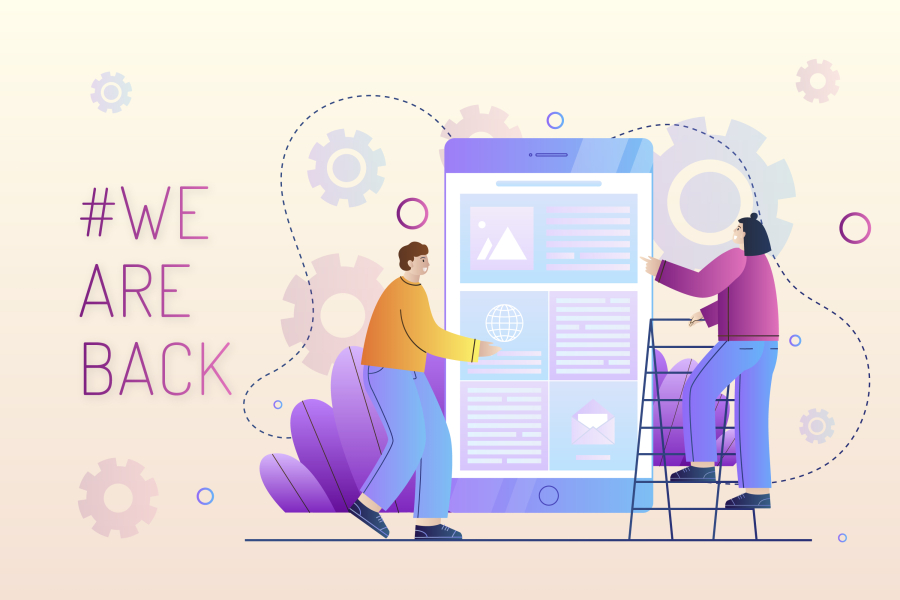How to Use BIM Software as a Freelance Architect
In today’s competitive architectural industry, freelance architects need advanced tools to stand out, deliver accurate results, and meet client expectations. One of the most powerful tools available is Building Information Modeling (BIM) software, which allows architects to design, visualize, and collaborate with precision. For freelancers, mastering BIM can significantly improve efficiency, open up high-value projects, and attract repeat clients. This guide explores how freelance architects can use BIM software effectively, the benefits it offers, and best practices to succeed in this evolving market.
Long Description
1. Understanding BIM Software in Freelance Architecture
BIM (Building Information Modeling) is more than just 3D modeling; it is a process that integrates design, data, and collaboration.
Unlike traditional CAD drawings, BIM creates intelligent models with detailed information about materials, costs, and project phases.
Freelancers can use popular BIM tools such as Autodesk Revit, ArchiCAD, Vectorworks, and Bentley Systems to streamline their projects.
2. Why Freelance Architects Should Adopt BIM
Enhanced Accuracy: BIM reduces design errors by automatically updating dimensions and details when changes are made.
Improved Client Communication: 3D models make it easier to explain designs to clients compared to 2D plans.
Competitive Advantage: Many clients and contractors prefer professionals skilled in BIM, making you stand out as a freelancer.
Integration with Other Professions: BIM allows collaboration with engineers, interior designers, and contractors, which helps freelancers secure bigger projects.
3. Benefits of Using BIM Software in Freelance Projects
Better Project Visualization – Clients can view realistic 3D designs, improving trust and satisfaction.
Time Efficiency – Automated workflows speed up design and reduce manual corrections.
Cost Savings – Material calculations and clash detection reduce unnecessary expenses.
Remote Collaboration – Cloud-based BIM platforms allow freelancers to work with global teams.
Sustainability – BIM helps in creating energy-efficient and environmentally conscious designs.
4. How to Get Started with BIM as a Freelancer
Learn the Basics: Take online courses or tutorials on platforms like LinkedIn Learning, Coursera, or Udemy.
Choose the Right Software: Start with Autodesk Revit if you want industry-standard tools, or ArchiCAD if you prefer flexibility.
Build a Portfolio: Use sample projects or redesigns to showcase your BIM skills to potential clients.
Invest in Hardware: BIM requires a good workstation with strong graphics and memory capabilities.
Stay Updated: Regularly learn new features and updates to remain competitive.
5. Best Practices for Freelancers Using BIM
Use Templates and Libraries: Save time by using pre-designed BIM components.
Collaborate with Cloud Platforms: Tools like BIM 360 or Trimble Connect allow seamless collaboration with clients and teams.
Offer Additional Services: Extend your freelance services beyond design to include cost estimation, 4D scheduling, or sustainability analysis.
Maintain Clear Documentation: Ensure your BIM models are well-documented for clients and contractors.
Focus on Niche Markets: Specialize in residential, commercial, or sustainable architecture with BIM to attract a targeted client base.
6. Challenges Freelance Architects May Face with BIM
High Learning Curve – BIM software requires time and practice to master.
Software Costs – Subscriptions can be expensive, but freelancers can use student versions, free trials, or lightweight alternatives.
Client Awareness – Not all clients understand BIM, so educating them becomes part of your service.
Collaboration Barriers – Coordinating with larger firms requires adapting to their BIM standards and protocols.
7. Tips to Attract Clients with BIM Skills
Highlight BIM expertise on your freelancer profiles (Upwork, Fiverr, Freelancer).
Create case studies showing how BIM improved project efficiency.
Offer free BIM walkthroughs or visualizations to win over clients.
Network with construction firms and real estate developers who rely heavily on BIM-based projects.
Build a strong LinkedIn presence showcasing BIM projects and insights.
8. The Future of BIM for Freelance Architects
AI and Automation – BIM tools are integrating AI to automate design processes.
Virtual Reality Integration – Clients will be able to walk through buildings before they are built.
Smart Cities Development – BIM is playing a key role in urban planning, creating new opportunities for freelancers.
Global Demand – As construction becomes more technology-driven, freelance architects with BIM expertise will remain in high demand.
Conclusion
Using BIM software as a freelance architect is no longer optional—it is essential for staying competitive and delivering high-quality work. From enhancing visualization and collaboration to reducing errors and saving costs, BIM opens up new possibilities for freelancers in architecture. By learning BIM tools, building a strong portfolio, and promoting your expertise, you can establish yourself as a top freelance architect capable of handling complex projects with ease.


 by Emily
by Emily




